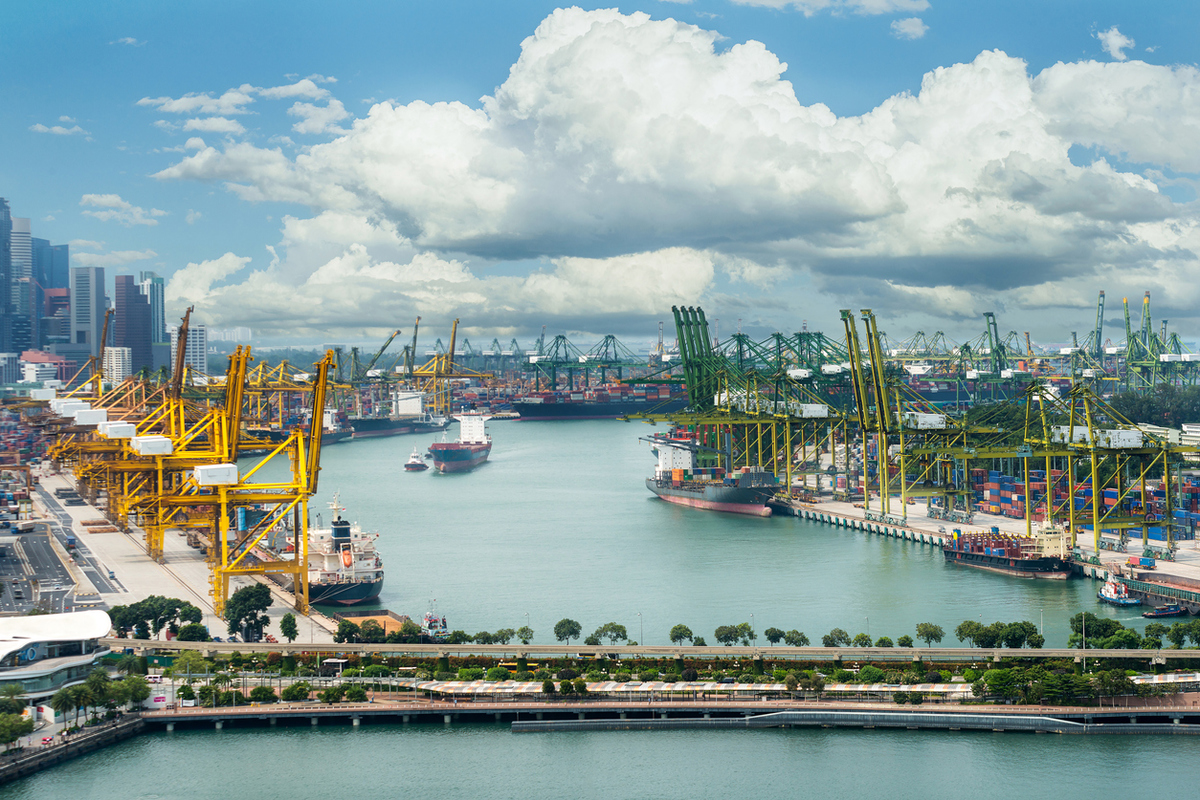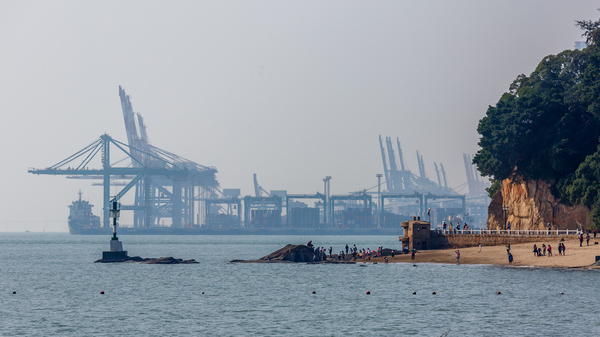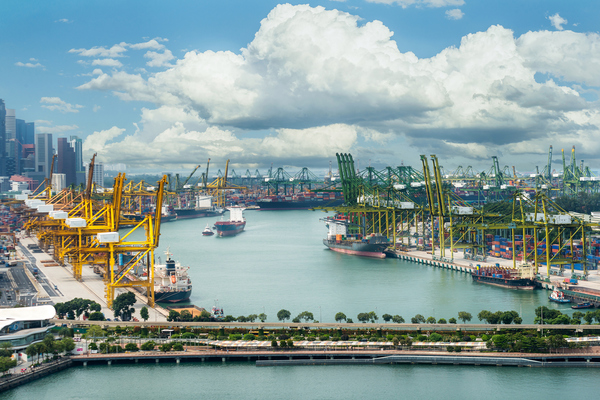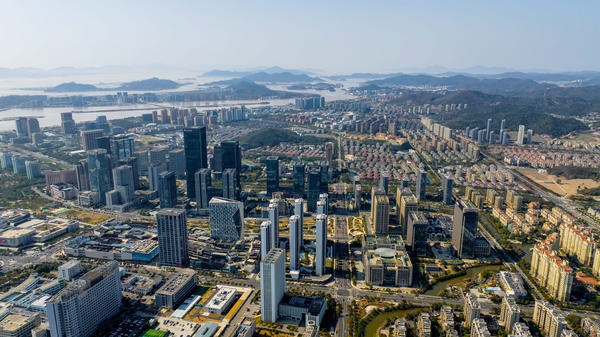East of Suez Market Update 14 Oct 2025
Prices in East of Suez ports have moved down, and VLSFO and HSFO availability is tight in Singapore.
 IMAGE: Cargo terminal at the Port of Singapore. Getty Images
IMAGE: Cargo terminal at the Port of Singapore. Getty Images
Changes on the day to 17.00 SGT (09.00 GMT) today:
- VLSFO prices down in Singapore ($19/mt), Fujairah ($18/mt) and Zhoushan ($9/mt)
- LSMGO prices down in Singapore ($15/mt), Fujairah ($11/mt) and Zhoushan ($2/mt)
- HSFO prices down in Fujairah ($21/mt), Singapore ($11/mt) and Zhoushan ($3/mt)
- B24-VLSFO at a $247/mt premium over VLSFO in Singapore
Singapore’s VLSFO price has dropped by $19/mt in the past day — the sharpest decline among Asia’s three major bunker ports. The port’s VLSFO is currently at a $32/mt discount to Zhoushan and near parity with Fujairah.
The fall in Singapore's VLSFO price has been steeper than that of its HSFO benchmark, narrowing the Hi5 spread by $8/mt to $60/mt. This spread remains wider than Fujairah’s ($56/mt) but narrower than Zhoushan’s ($63/mt).
VLSFO lead times in Singapore remain highly inconsistent — some suppliers can deliver within six days, while others recommend booking up to two weeks in advance. Last week, lead times ranged from 8–14 days.
HSFO availability has tightened slightly, with lead times extending from 6–10 days last week to 7–12 days now. In contrast, LSMGO supply has improved, with shorter lead times of 3–8 days compared with 6–10 days previously.
At Malaysia’s Port Klang, VLSFO and LSMGO remain readily available, allowing prompt deliveries for smaller parcels, while HSFO supply stays tight.
Brent
The front-month ICE Brent contract has dropped by $1.89/bbl on the day, to trade at $61.95/bbl at 17.00 SGT (09.00 GMT).
Upward pressure:
Brent crude has felt some upward pressure after the OPEC+ oil producers group left its global oil demand growth forecasts largely unchanged at 1.3 million b/d and 1.4 million b/d for this year and 2026, respectively.
Global oil consumption is expected to average 105.14 million b/d this year – the same as OPEC's estimate a month ago.
About 46 million b/d will be consumed by OECD countries, while non-OECD countries are expected to consume around 59.2 million b/d this year. Most of this growth is expected to come from China, India and other Asian countries.
Downward pressure:
Brent crude’s price has slipped as renewed trade tensions between the US and China – the world’s two largest oil consumers – have continued to add uncertainty in the market.
“The oil industry continues to navigate geopolitical issues,” ANZ Bank’s senior commodity strategist Daniel Hynes said.
Last week, Beijing broadened its export controls on rare earths, prompting a swift response from US President Donald Trump, who threatened to impose 100% tariffs and implement software export curbs, starting November 1.
Both nations have now started charging additional port fees on shipping firms that move everything from toys to crude oil. Earlier today, Beijing announced sanctions against five US-linked subsidiaries of South Korean shipbuilder Hanwha Ocean, Reuters reported.
The escalating trade tensions have weighed heavily on market sentiment, according to analysts.
“The trade war is once again grinding its gears, and Beijing is showing no signs of slamming the brakes,” remarked SPI Assets Management managing partner Stephen Innes.
By Tuhin Roy and Aparupa Mazumder
Please get in touch with comments or additional info to news@engine.online

Contact our Experts
With 50+ traders in 12 offices around the world, our team is available 24/7 to support you in your energy procurement needs.




